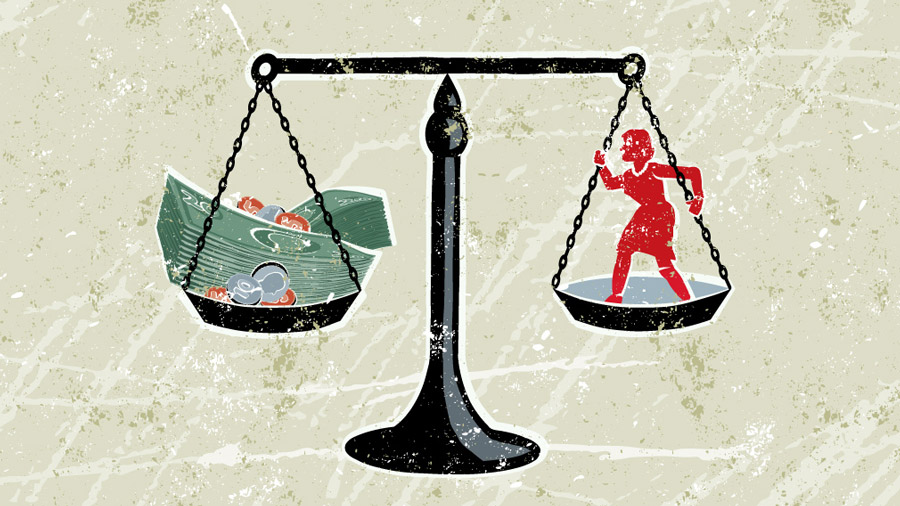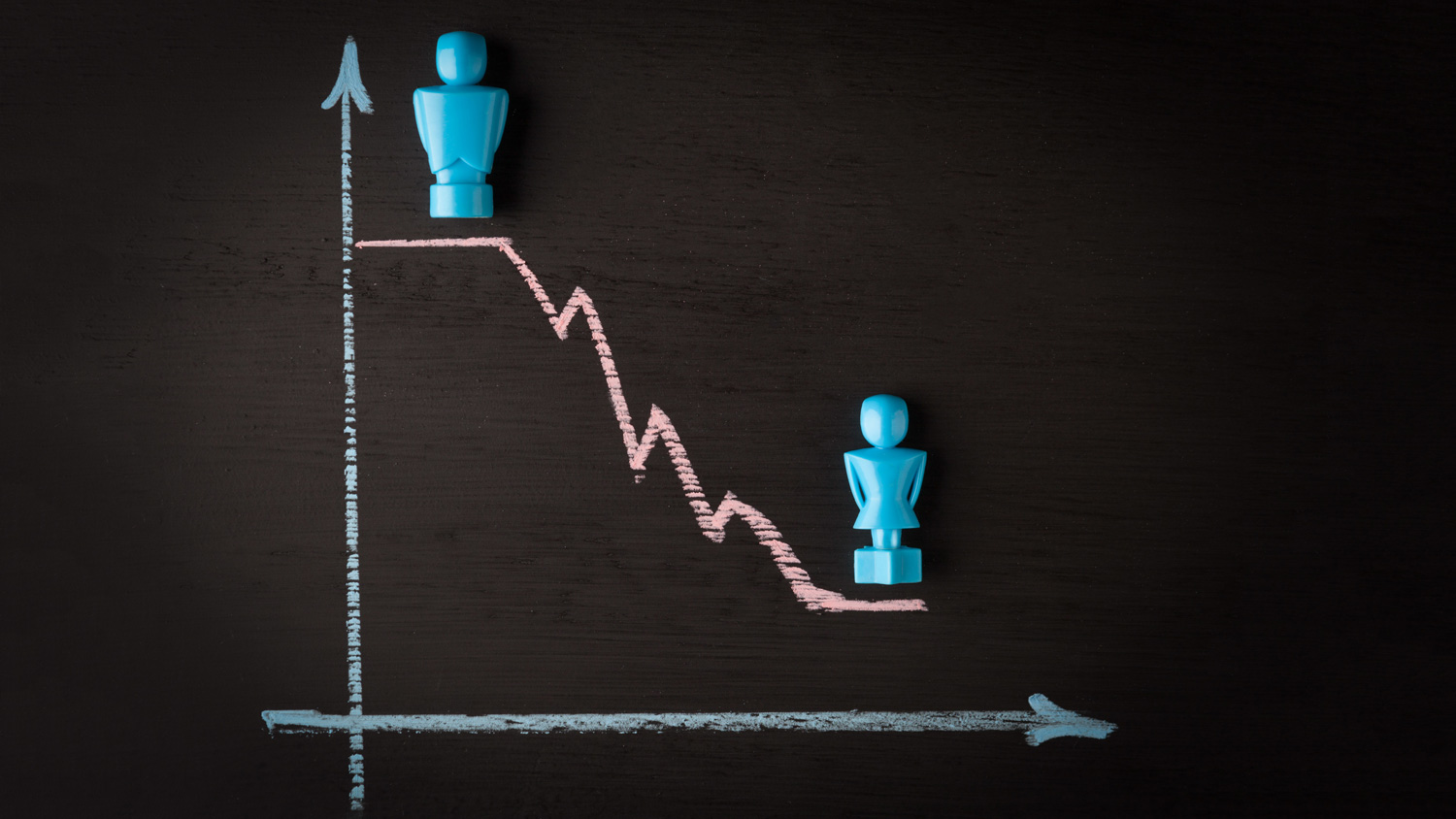
Gender pay gap reporting falls 11%
The CIPD has analysed this year's gender pay gap data for Great Britain, finding the number of organisations reporting their figures is down 11%.
Gender pay gap reporting was suspended last year, in recognition of the impact of the COVID-19 pandemic on organisations. Enforcement action was also delayed by six months this year, with data for 2020-21 now available.
There were significantly fewer companies that reported data in 2019-20, so the CIPD has compared data from the years 2018-19 and 2020-21, providing a two-year review of gender pay gaps. The CIPD's analysis found:
- The number of organisations reporting their gender pay gap figures is down 11% – 9,627 reported this year compared to 10,827 previously. The drop may reflect some employers falling out of scope for mandatory reporting or could be an indicator that gender pay reporting has been less of a priority.
- By region, the biggest falls have been Yorkshire and the Humber (-16%), West Midlands (-15%) and Scotland and Wales (both -14%).
- The headline median figure has got worse – rising from 9.5% in 2019 to 10.4% – a change of 0.9%. Women are earning roughly 90p for every pound earned by men. The mean figure is virtually unchanged at 13.3%.
There are regional differences, with the highest median hourly gaps in the south of Britain, with London at 12.4% and the Southeast at 11.6%. The median is lowest in Wales (7.2%) and Scotland (7.6%).
The figures also show that around 65% of companies provide a URL to information on their gender pay gap, suggesting over a third do not provide any form of narrative of their figures (although the presence of the URL does not necessarily indicate that an organisation has provided a narrative about their figures). Previously, 69% of companies provided a URL.
Charles Cotton, Senior Policy Adviser for reward and recognition at the CIPD, comments:
“It’s disappointing that the number of organisations reporting their gender pay gap has fallen. We encourage those who haven’t yet reported to do so as soon as possible, otherwise they risk enforcement action and possible damage to their reputation. Evidence suggests that economically, women have been adversely and disproportionately affected by the COVID-19 pandemic and now is not the time to be taking the foot off the pedal when it comes to equality in the workplace.
“The CIPD is calling for accompanying narratives and action plans to be mandatory alongside the reporting of gender pay gap figures. It’s more important than ever that employers don’t just report figures; instead, they need to fully engage and understand the reason for any gap and be transparent about how they plan to tackle it and improve gender equality in the workplace.
“Transparency is important not just for external stakeholders such as investors or customers, but also for employee engagement. Until narratives and action plans become compulsory, we encourage employers and our members to publish them voluntarily, using the CIPD’s guidance on how to communicate this information effectively.”
Since changes to the Equality Act came into force in April 2017, companies with more than 250 employees have been legally required to report their gender pay gap figures at the end of each financial year. Not filing a report breaches the Equality Act 2010 and could prompt enforcement action by the Equality and Human Rights Commission.
The CIPD’s guidance to support employers with gender pay gap reporting is available here.







